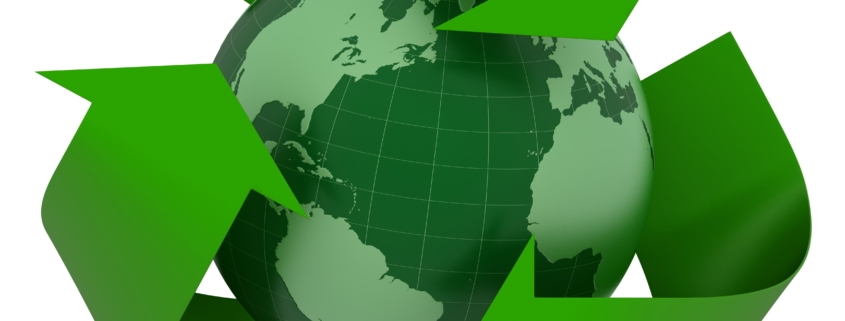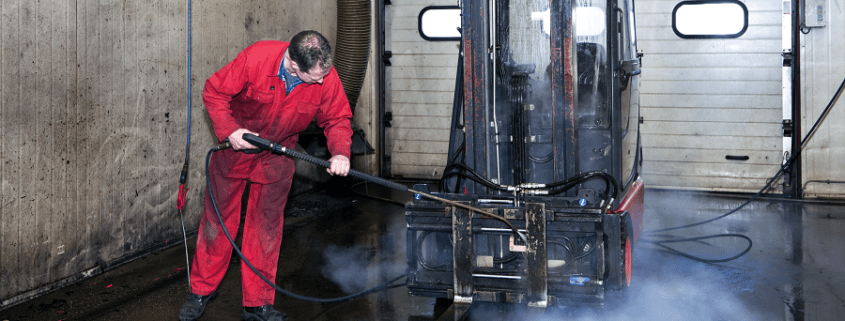Better Solvents and Cleaning Agents: 4 Things to Consider
Does your organization need better solvents and cleaning agents? If the solvents you use are a good fit for your cleaning requirements, you may think the answer is no. However, efficacy is just one element that indicates a “good solvent”.
Before you order your next big supply of cleaning solvents, consider how the solutions fair in relation to the factors below. You may find that you have the opportunity to use better solvents and cleaning agents, after all.
- Flashpoint
Flashpoint is the temperature at which a solvent ignites, so you can deduce the benefits of using solvents that have a high flashpoint or are inflammable. Three benefits that immediately come to mind are: improved fire safety in the solvent storage area, reduced risk of fire-related injuries when using cleaning solvents, and the ability to use solvents in more types of work settings.
- Hazardous Air Pollutants
The Environmental Protection Agency (EPA) maintains a list of restricted and banned chemicals called the List of Lists. Due to their volatility, many chemicals on the list are classified as hazardous air pollutants (HAPs).
The List of Lists is lengthy, but it’s likely to grow considerably longer before it reaches a state of near completion. If your company uses solvents that contain HAPs that have yet to make the list, replacing them with safer solvents can help protect workers, and prevent the need to quickly replace a solvent that has a newly restricted chemical.
- Volatile Organic Compounds
Due to their toxicity and volatility, some volatile organic compounds (VOCs) are considered HAPs. However, VOCs needn’t fall under the umbrella of HAPs to cause negative health conditions in people who are exposed to VOC solvents. Acute ailments such as respiratory distress, upset stomach, and dizziness can occur when air contains a high density of non-toxic VOCs.
Personal protective equipment (PPE) and air filtration systems that remove airborne contaminants from the work environment do a good job of mitigating the health risks, but the best option is to use solvents that contain no VOCs or have low levels of non-toxic VOCs.
- Recycling and Reusing
If your organization has diverse, industrial solvent needs, it likely uses a large volume of solvent. Using solvents that be recycled and reused (e.g., high boiling solvents for parts washers that perform solvent recovery) can reduce the need to purchase certain solvents. By extension, these solvents help lower your waste disposal bill. When they are used in a closed parts washing system, they can also reduce workers’ exposure to hazardous solvents.
Need Better Solvents and Cleaning Agents?
Depending on how your solvents stack up concerning the factors above, the answer may be yes. If so, Ecolink can supply stock or custom solvents that deliver the same cleaning power as your current cleaners, minus many of the negative characteristics.
To explore your options with us, check out our Products List, call us at (800) 563-1305, or use our contact form. We look forward to providing you with the chance to use alternative solvents that improve safety in the workplace and your company’s stewardship to the environment.






